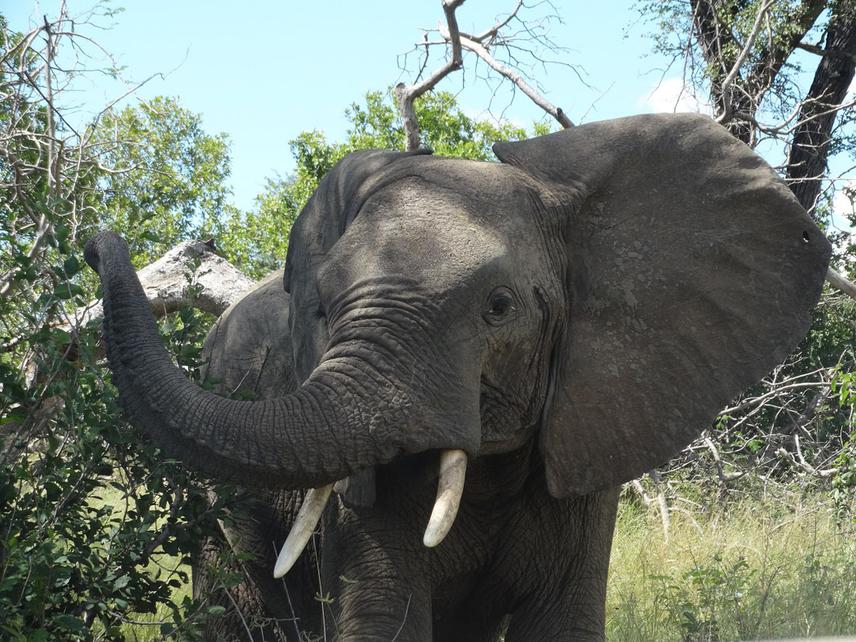Caitlin Alexandra Melidonis
This research project aims to identify key drivers of community tolerance towards African elephants, Loxodonta africana, in the Kilombero Valley in Southern Tanzania using social science methods

The Kilombero Valley in southern Tanzania is a mosaic of human settlements, wildlife habitat fragments and agricultural and grazing lands . The landscape is critical for the movement and connectivity of Tanzania’s southern and western African elephant populations, which comprise approximately 50% of East Africa’s elephants . Bordered to the east by Nyerere National Park, and to the west by the Udzungwa Mountains National Park, the Kilombero Valley is a hotspot of human-elephant conflict, including crop loss, loss of human life, and problem animal control killing of elephants .
While a variety of human-elephant conflict (HEC) mitigation measures are currently being undertaken in the Kilombero valley by local government, NGO’s and the communities themselves, the social side of human elephant interactions in this region has never been researched. This study aims to inform and complement ongoing HEC work both regionally and nationally.
This research project aims to identify key drivers of community tolerance towards elephants, using social science methods. Questionnaires and key-informant interviews will be conducted across 10 villages and used to explore the perceptions of elephants and the costs and benefits of living alongside them. The interactions between key drivers of tolerance will be analysed using a theoretical framework called the Wildlife Tolerance Model (WTM) .
Results from the study will improve understanding of key factors that shape tolerance, thereby helping STEP (my local implementing partner) to identify and implement strategies to foster tolerance and build local capacity for coexisting with elephants.
STEP has plans to use the results of the study to reduce stress and fear in communities through outreach and education about elephants, elephant behaviour, and the reasons for human-elephant interactions. This will help to frame the issue of HEC in a more neutral and practical way and help to address possible misconceptions about elephants and their behaviour which may be the source of negative attitudes. STEP also hopes to use the results to diversify and expand their HEC mitigation programme by providing advice on how to reduce the chances of encountering elephants, and how to increase personal safety during elephant encounters.
The WTM is a useful diagnostic tool with the potential to inform management interventions and policies to mitigate HEC4. Therefore, this study hopes to provide a template for conducting similar studies elsewhere in Tanzania and provide insights into factors that shape tolerance of elephants that may have relevance across Africa and Asia.